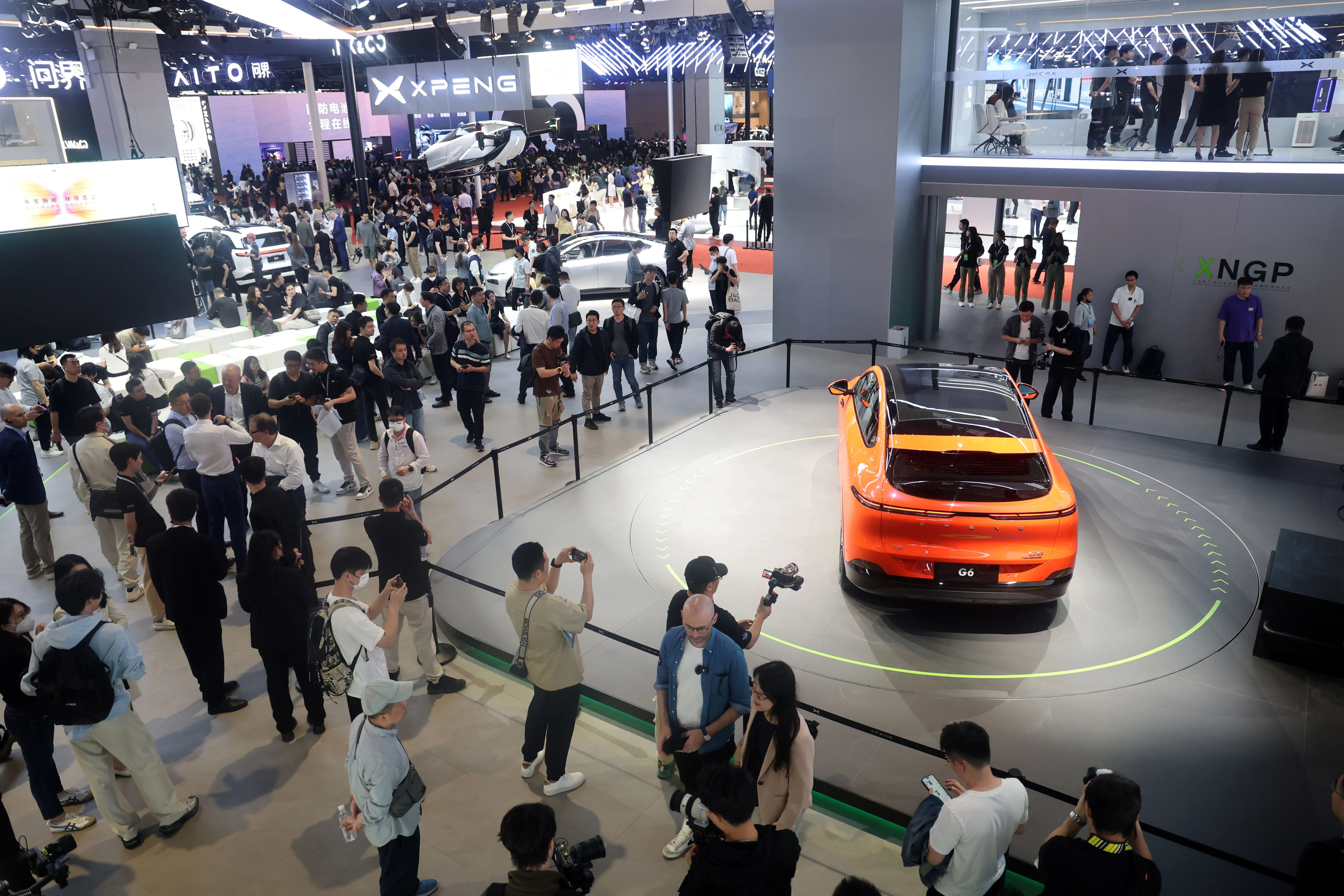BYD
- Chinese electric car maker BYD might be the closest thing to a true Tesla competitor.
- Experts say the auto company’s Seal electric sedan is comparable to the Tesla Model 3.
- UBS analysts tore down the Seal and found it’s a great Model 3 alternative for less.
Wall Street analysts tore down a Chinese Tesla competitor and found a great Model 3 alternative — for a fraction of the cost.
The Seal, a mid-sized electric sedan made by Chinese EV giant BYD, backed by Warren Buffett’s Berkshire Hathaway, is a close rival to the Tesla Model 3. Analysts at UBS recently investigated to see just how comparable to Elon Musk’s popular model it might be.
Ultimately, tearing down the Seal — “a good example of Chinese EV models’ technological edges and cost optimization” — reinforced the bank’s belief that Chinese auto companies are here to stay and dominate the global electric car market, it said in a note to clients.
Tesla
BYD Seal versus Tesla Model 3
The Seal rivals the Model 3 in many ways, according to UBS, and it does so at a “10-20% lower selling price.”
Analysts noted features such as its larger interior space, 5G connectivity, and rotational central cockpit screen, as well as how it “opts for slower acceleration, lower top speed, slower charging speed” as some of its advantages over Musk’s popular car.
They also noted BYD’s battery technology (coined cell-to-body), allows for more in-vehicle legroom, a unique car shape, improved performance, and — given the tech introduces a more efficient way of integrating the battery — lower manufacturing costs.
“The floor carpet of the passenger cabin is directly above the battery cell stack, and the top cover of the battery pack serves as the floor of the car body, eliminating one more layer of aluminum or steel,” UBS analysts noted. “Such a thin battery pack occupies less floor space than others, allowing the car’s profile to be low, which reduces aerodynamic resistance and creates a more spacious interior for drivers and passengers.”
UBS also said that, when comparing power performance, cost efficiency, and energy density, the BYD Seal’s electric system “is in-line with the competition despite being at the relatively lower end of the range, especially compared to the leading solution provided by Tesla’s Model 3.”
Interestingly, unlike Tesla, BYD seems to be steering clear from autonomous driving technology, and instead, is opting for a standard, Level 2, advanced driver assistance system. The company is also outsourcing this tech instead of developing it in-house.

G6 electric SUV.
VCG/VCG via Getty Images
Other automakers should worry
At a high level, UBS analysts said the BYD Seal is “cost competitive, thanks to its vertical integration, suitable specs, and volume scale.”
That’s exactly what a lot of the Chinese carmakers have going for them. BYD and other Chinese firms like Geely, Li Auto, and XPeng are tech-savvy, have longstanding advantages in terms of the EV battery supply chain, and easily churn out EVs with greater scale at lower costs.
UBS analysts did note that incumbent automakers, like BYD, have an advantage over the younger Chinese companies, but that all are progressing.
That growth is not only in China (where Chinese auto firms are expected to outpace foreign companies this year for the first time), but in Europe, too. China is exporting autos at a rapid pace, and Chinese companies dominated conversations at the recent Munich auto show, historically heavily influenced by German carmakers.
“Heading into the EV era, there is essentially little price gap between foreign and Chinese brands, and the volume could even be higher on Chinese side,” the UBS analysts wrote in their note. “Given the Chinese EV development cycle is still faster than that of the foreign brands, we believe Chinese brands’ market share gains from foreign brands will be structural and continuous.”
And experts suggest it’s not unlikely they’ll find success in the US in the near future, too.
“Chinese carmakers currently have systematic EV cost advantages versus US and European incumbents while offering wider product line-ups than Tesla and covering more segments (especially mass market),” they added.
Read the full article here


